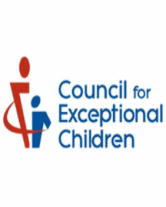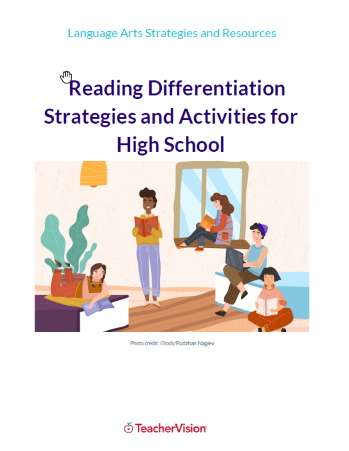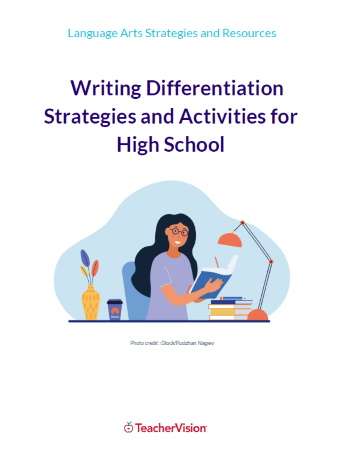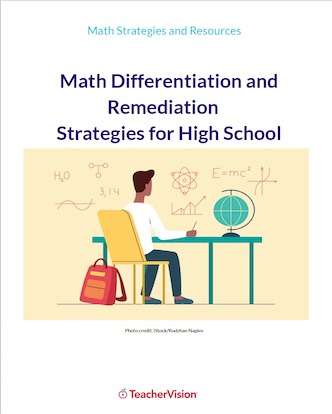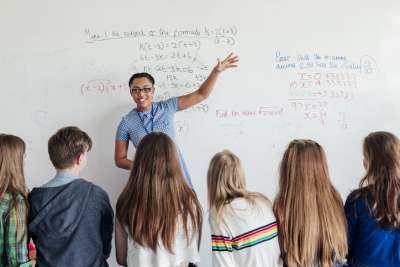Planning Pyramid for Multi-Level Mathematics Instruction
Many elementary students with learning disabilities experience difficulties in basic mathematics computation skills and/or in problem solving (Peters et al., 1987). These difficulties frequently inhibit full participation in classroom mathematics instruction. Some intensive, direct instruction of students with special needs in learning mathematics (either individually or in small groups) may be necessary. However, with close attention to the scope and sequence of instructional content, to teaching strategies (e.g., Howell & Bamhart, 1992; Montague, 1992), and to the design of practice activities (e.g., Camine, 1989) the level of participation and success of students can be greatly enhanced.
What is the adaptation?
The Pyramid approach provides an excellent framework for mathematics instruction. Many teachers have told us that most of their mathematics instruction is whole class. Students with learning disabilities as well as other students with challenges in learning computational and problems-solving skills were frequently lost and trapped in a downward spiral. The Pyramid can help teachers think about attending to differentiated student needs while thinking about the needs of the class as a whole. In using the Planning Pyramid for mathematics instruction, the following questions need to be considered:
- What is the skill or concept to be taught?
- What are the prerequisites for this skill or concept?
- What does it take for students to master this skill or concept?
- What are extensions and applications of the skill or concept?
What does it look like in practice?
Mr. Miller teaches third grade students in a large, urban elementary school. He uses the Planning Pyramid for preparing for whole-class lessons in mathematics. As Mr. Miller puts it,
With the right adaptations, I can get all my students to the top of the Pyramid! I still work with small groups of students to help them develop their computational skills. Some of my students have not become automatic in using basic facts or in basic operations; they need extra help. But they also like to feel part of the class; I don't want to separate them too much. That's why I use the Planning Pyramid--it makes me think about adaptations and how they can provide support for students who need that little boost.
Mr. Miller used the Planning Pyramid to develop a unit on money He used manipulatives, calculators, and cooperative learning groups to provide support for students who needed it. For two students, he needed to provide an oral, rather than a written, examination. As Mr. Miller told us, "All in all, planning for individual differences doesn't take much more time. It's worth the effort when I see students succeeding and feeling part of what we're doing in class."

